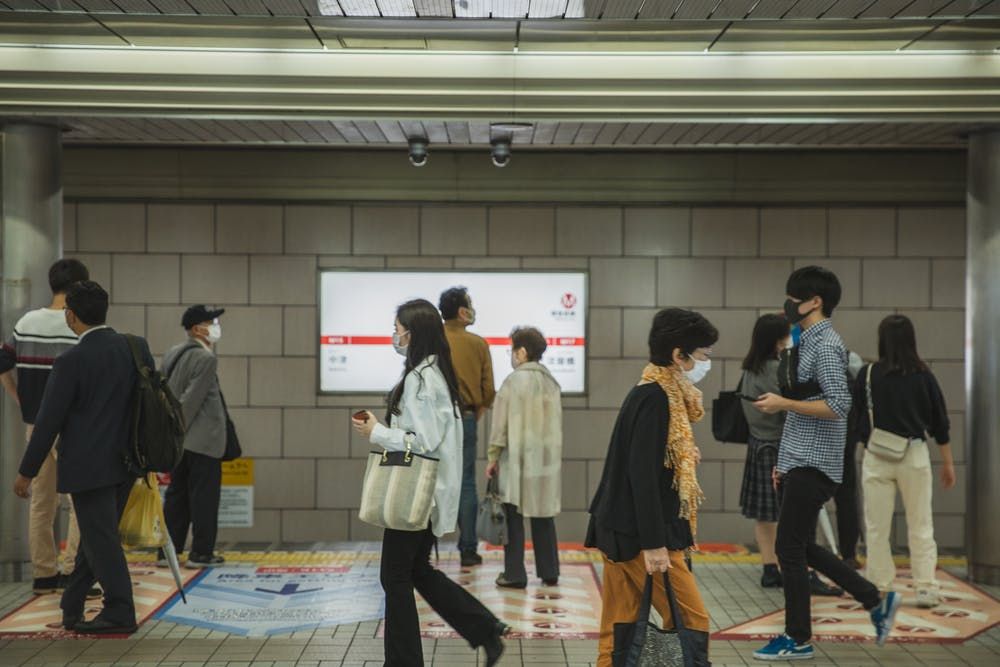Rapid Air Exchange May Not Always be Best for COVID-19 Levels in Buildings
While the addition of outside air into a building showed a clear benefit, too much air exchange can have a negative impact.

A recent study conducted by investigators from the U.S. Department of Energy's Pacific Northwest National Laboratory has found that the rapid and vigorous exchange of air inside of a building when addressing levels of COVID-19 might help to spread the virus quicker to other rooms.
Results from the study were published in the journal Building and Environment.
"For the source room, clearly more ventilation is a good thing. But that air goes somewhere. Maybe more ventilation is not always the solution,” Leonard Pease, lead author on the study said. “There are many factors to consider, and the risk calculation is different for each case," said Pease. "How many people are in the building and where are they located? How large is the building? How many rooms? There is not a great deal of data at this point on how viral particles move about in multiroom buildings.”
For the study, the team of investigators created a model that analyzed the spread of SARS-CoV-2 particles via air-handling systems. The model used the example of a person having a 5 minute bout of coughing in one room of a 3 room building. They then ran multiple simulations with particles of 5 microns.
They then studied the impact of 3 factors: different levels of filtration, different rates of outdoor air incorporation into the building air supply, and different rates of ventilation or air changes per hour.
"Most studies have looked at particle levels in just one room, and for a one-room building, increased ventilation is always useful to reducing their concentration," Pease said. "But for a building with more than one room, air exchanges can pose a risk in the adjacent rooms by elevating virus concentrations more quickly than would otherwise occur.”
Findings from the study demonstrated that downstream rooms had a benefit from increased outdoor air and improved filtration. Clean outdoor air reduced the transmission risk to connected rooms and replacing 1/3 of a buildings air supply with air from outside reduced infection risk by 20%.
Additional findings showed that a rapid rate of air exchange can potentially cause a spike in viral particles within just a few short minutes to connected rooms, in turn increasing the risk of infection.
"Stronger filtration translates to higher energy costs, as does the introduction of more outside air than would usually be used in normal operations. Under many circumstances, the energy penalty for the increased fan power required for strong filtration is less than the energy penalty for heating or cooling additional outside air," Timothy Salisbury, a co-author on the study said. "There are many factors to balance--filtration level, outdoor air levels, air exchange--to minimize transmission risk. Building managers certainly have their work cut out for them,"
